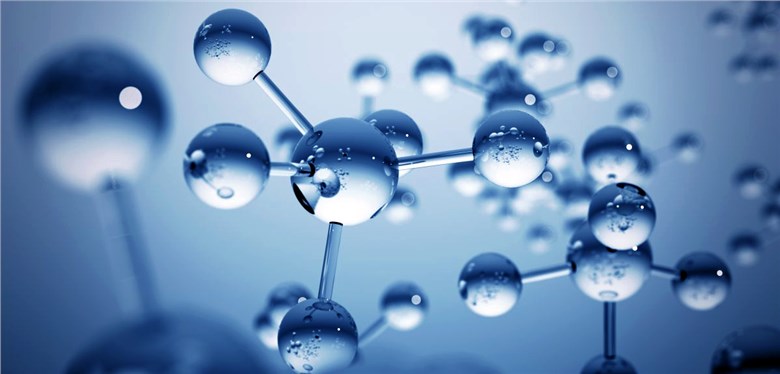
The chemical compounds which consist of two or more amino acids that are linked by chemical bonding are called Peptide. The process of producing peptides by amino bonds is called peptide synthesis. Peptides can be synthesized in a pharmaceutical lab. It has a great demand in the skincare, biochemical, and pharmaceutical industries. Also, it is used as a substitute for the steroid. In other terms proteins that are subdivided into smaller bonds to its amino acids and again vice-versa multiple amino acids are combined to form different peptides based on need.
Production of peptide synthesis
There are three methods used for the synthesis of the peptide such as solution medium, solid-phase medium, and combination of solution and solid methods. At early-stage, the industry used the solution method in which the first groups of amino acids are taken from N-amino and the second group is taken from the carboxyl group and they are processed. In the solid-phase method, combinational of chemical activities take place and peptides are formed.
Solid-Phase peptide synthesis
The most common method in the production of peptide synthesis is a solid-phase method in which it is carried out by solid support called resin. The simplest method that is carried out in synthesis is as follows. A preloaded resin that is first group amino acid is attached to the resin is taken to initiate the process. The following method will get you a clear understanding of peptide synthesis production.
De-protection process
Usually, all amino acid is protected with Fluorenyl methyl oxy carbonyl chloride also called FMOC it needs to be removed for coupling with other amino groups. It is removed by a solution called Dimethylformamide. With proper math and percentage, the solution is added and is de-protected. If FMOC is present in the resin it will destroy the coupling compounds. FMOC has UV absorption you can also check the presence by UV methods.
Coupling process
The next step is coupling the agent; the new amino group is added to the de-protected resin for peptide activation. In this stage, chemical bond formation and coupling take place. The activation of various coupling agents from the amino acid group is done.
Repeating for FMOC
The coupled compound may contain FMOC again it has to be removed by the de-protection process. Until the coupling process takes place FMOC needs to be removed. This has to be repeated until the addition of coupling compounds.
Final Crude Product
Once the coupling and FMOC are completely done the product obtained is called crude resin. It has to be in a spectrometer for analyzing the chain structure then it is carried for clinical trial and error and final peptide is obtained.
The need for peptide in bio-industry
The peptide has made many improvements in biomedical and bioengineering fields. Peptide synthesis is used for different purposes like the manufacturing of drugs, and vaccines. It will be the solution for creating drugs and vaccines for many epidemic diseases like cancer, and some emerging pandemics. In recent days researchers have included the peptide synthesis process in the creation of drugs and vaccines.







